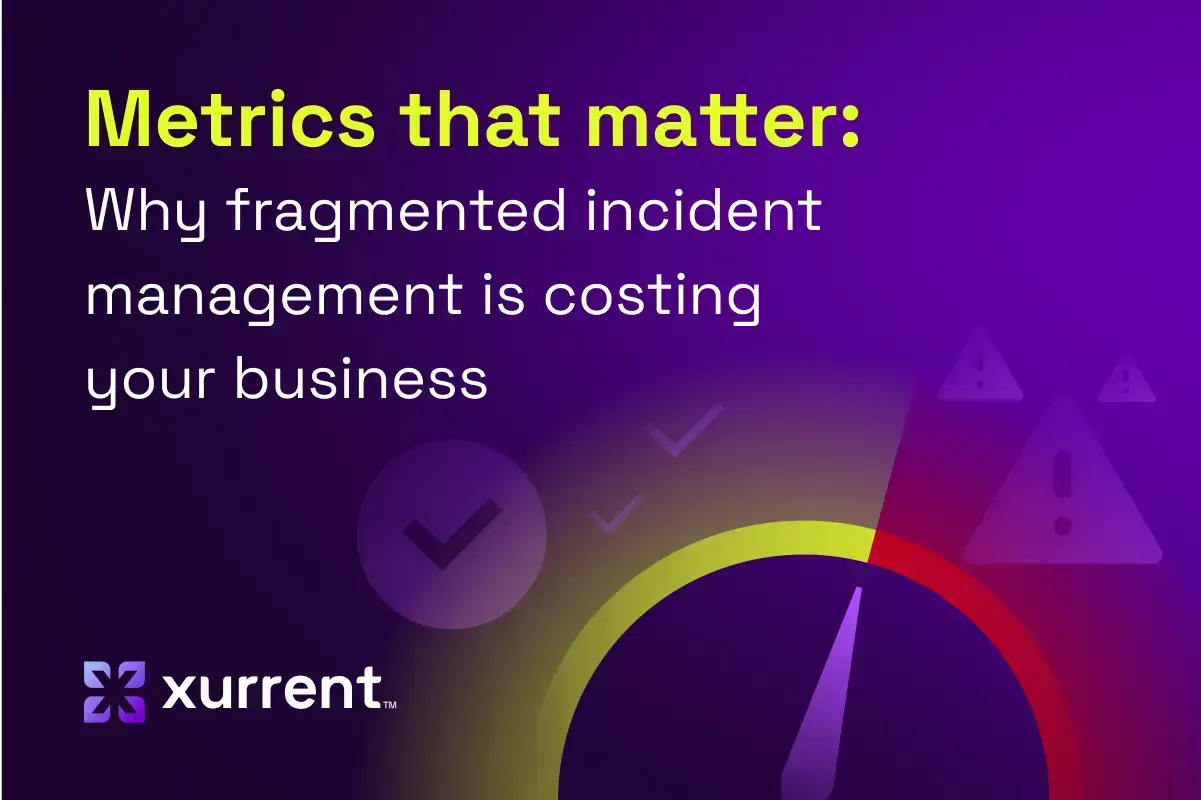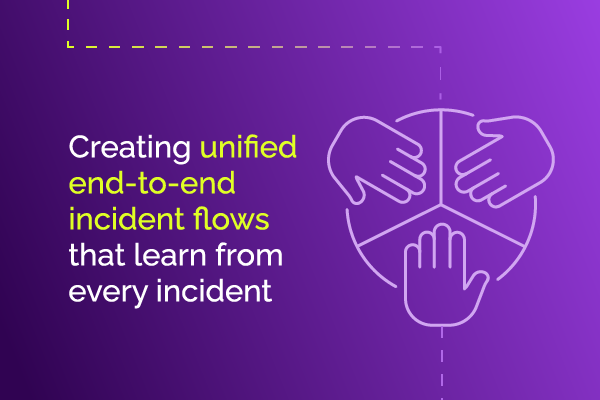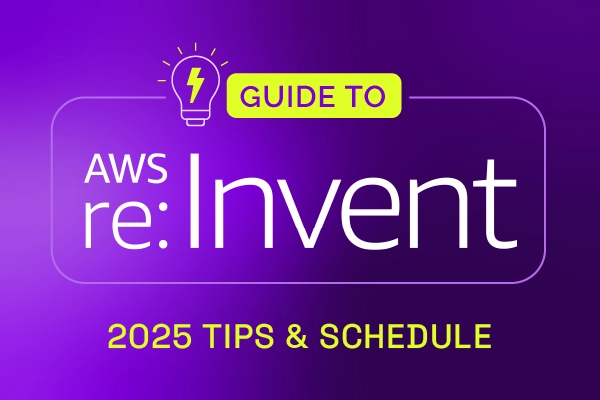Aligning accountability: how unified systems drive cross-team ownership
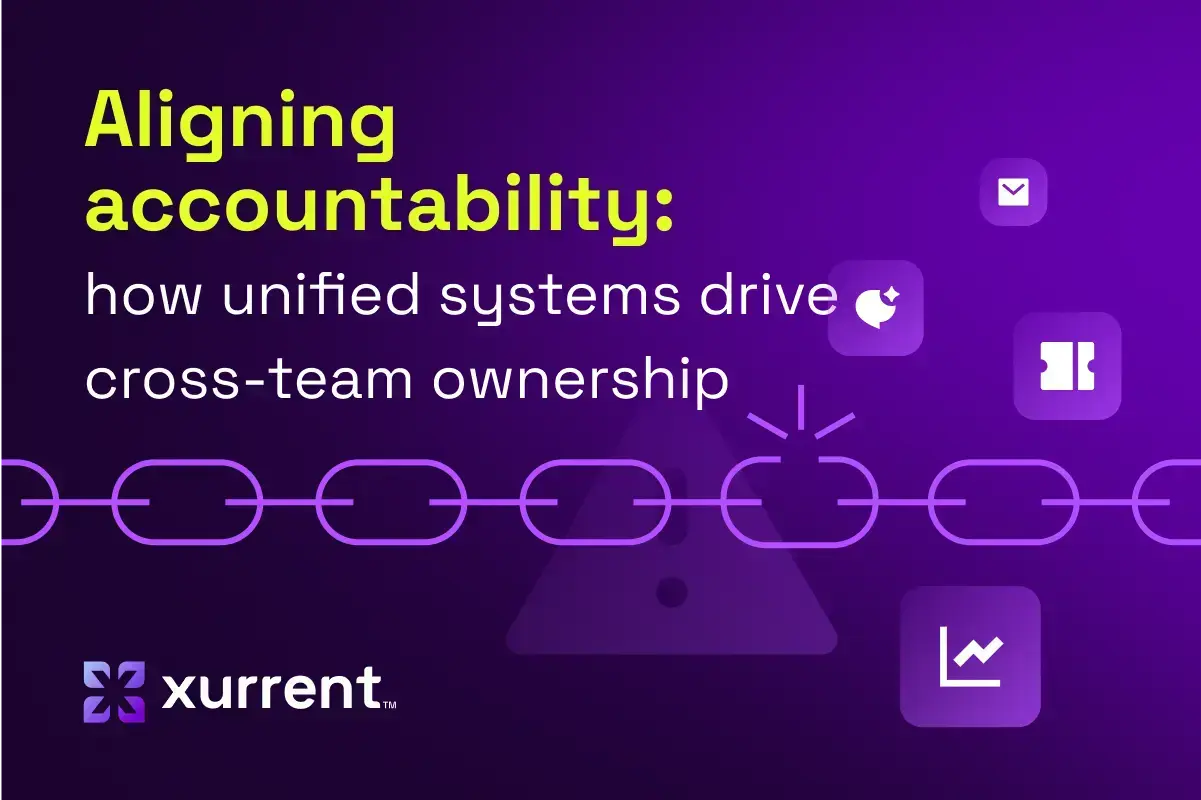
In most enterprise organizations today, incident response looks like a game of telephone.

Monitoring tools detect the issue.
Ticketing systems log and track it.
Various communication platforms* spread updates.
Post-incident reviews happen in ... yet another tool.
*this is an entirely other blog post — Slack, email, internal chat, text, ahhhh.
By the time accountability should kick in, it's already been lost in translation.
The Accountability Gap in Incident Management
The typical enterprise juggling multiple disparate tools throughout its incident management lifecycle wastes hours navigating between different platforms — time that could be spent resolving incidents.
This often creates an Accountability Gap, the erosion of clear ownership and responsibility that occurs when incident management processes are fragmented across multiple disconnected tools and systems, creating ambiguity (and finger-pointing) about who is responsible for what at each stage of the incident lifecycle.
Accountability dies when ...
... responsibility transitions during the tool-to-tool handoff, creating an opportunity for responsibility to slip.
... critical details get lost as information moves between systems, losing essential context.
... incident reviews happen weeks later — again, in different tools — and, in the worst cases, the blame game begins.
And the cost, often hidden, can be significant.
The hidden costs of fragmented ownership
When incident management processes are scattered across multiple disconnected tools, the actual cost extends far beyond "operational inefficiency."
Organizations with fragmented systems experience significantly longer resolution times as teams waste precious minutes (or hours) navigating between platforms, losing context with each handoff, and struggling to maintain clear ownership chains.
Real-world impact: Customer satisfaction takes a direct hit when incident ownership becomes unclear. Customers experience the frustration of prolonged outages, inconsistent (or even a lack of) communication, and the feeling that no one is truly in control. This erosion of confidence translates directly into measurable business impact, where even small decreases in satisfaction drive substantial revenue losses.
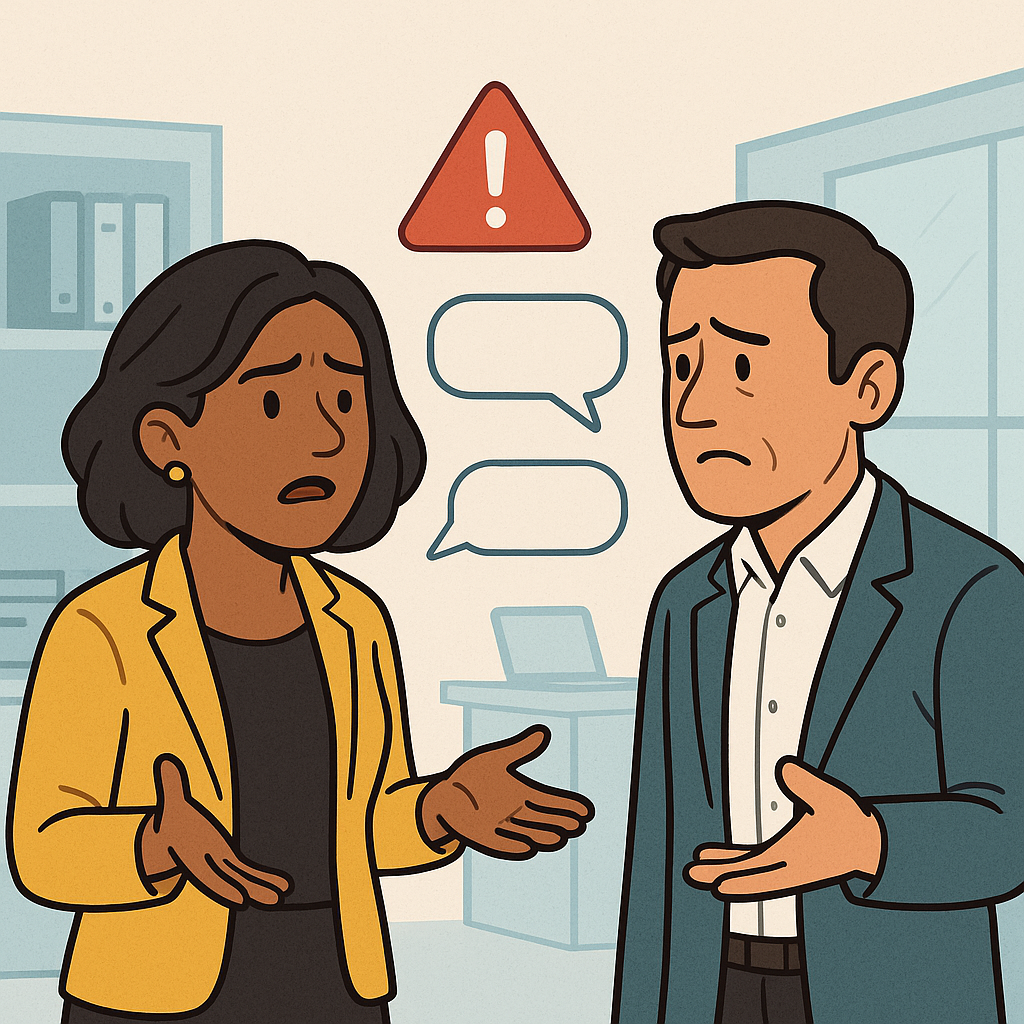
Financial implications: The cost of coordination delays compounds rapidly. With every minute of downtime carrying significant financial weight, the time lost in tool transitions, context switching, and ownership confusion becomes an expensive liability. For large enterprises, these prolonged outages can escalate from "operational hiccups" into million-dollar losses.
Inter-team issues: Unclear ownership doesn't just impede incident resolution; it has the potential to damage the fundamental trust between teams. When accountability structures remain invisible — especially during high-pressure situations — finger-pointing replaces collaboration. Confidence in leadership suffers when it's unclear who owns critical decisions during incidents. And customer-facing teams struggle to provide authoritative (and effective) updates.
But it doesn't have to be this way.
What unified incident workflows actually look like
A single platform with shared incident management responsibility. That's it. Simple, right?
It is, it can be, with the right platform.
The advanced tools within Xurrent simplify incident management, enhance service requests, and optimize collaboration for faster resolution and improved IT.
Xurrent's unified workspace fosters real-time communication and collaboration, improving teamwork and accelerating incident resolution.
And with Sera, our AI-powered automation, tasks and escalations happen based on clear ownership rules, not manual handoffs.
Sera AI is our proactive and intelligent fabric that's embedded throughout the platform, designed to streamline operations, boost productivity, and help modern enterprises move faster with confidence.
But here's what makes Xurrent different from just another "unified platform": context preservation. Critical incident details don't get lost in translation between tools because there are no tool transitions. The complete story — from initial alert to final resolution — lives in one place, the Xurrent platform, with one clear chain of custody.
Cross-team collaboration becomes effortless when everyone works from the same information, with the same visibility, using the same workflows. No more "I thought you were handling that" or "Did anyone follow up on the action items from last week's incident?" or "Everyone stop and provide an update on where we are so far."
The result? Incidents that might have taken hours to resolve across fragmented systems now get handled in minutes, with full accountability and complete documentation automatically captured along the way.

But what does accountable incident response actually look like in practice?
The anatomy of accountable incident response
An incident response can be broken down into 3 distinct, yet interconnected, phases:
- Pre-incident
- During-incident
- Post-incident
Creative naming conventions, right?
Let's look at each one:
Pre-incident: Establish clear ownership structures
Before chaos strikes, you need accountability. And accountability starts with clarity.
With Xurrent's unified platform, teams can establish clear ownership and escalation structures within a single system where everyone has visibility.
No more hunting through different tools to find out who's supposed to handle what.
Automated escalation paths maintain accountability chains even during off-hours, weekends, or when key team members are unavailable. The system knows exactly who should take ownership at each level, eliminating the "not my job" mentality that kills incident response.
Cross-functional team alignment happens naturally through shared dashboards and unified communication.
During-incident: Real-time responsibility tracking
When an incident occurs, Xurrent provides real-time updates with visually appealing, audience-specific status pages — everyone knows who's doing what, when they started, and what comes next. No more wondering if someone is already working on the problem.
Automated documentation ensures no detail gets lost between handoffs. Every action, decision, and communication gets captured automatically, creating an unbreakable accountability trail. The platform tracks not just what happened, but who made it happen.
With Sera AI's sentiment analysis capabilities, teams can monitor customer satisfaction levels and work toward keeping customers happy, ensuring that accountability extends beyond just the technical fix to the overall customer experience.
Post-incident: Learning that sticks
Here's where most organizations fail: turning incidents into lasting improvements.
Traditional approaches scatter postmortems across different tools, where action items disappear and lessons learned get forgotten.
Xurrent's unified approach means post-incident reviews happen in the same system where the incident was managed. AI helps generate post-mortem (root cause analysis) tasks that get recorded in Xurrent to ensure accountability and follow through. By completing these post-incident tasks, IT teams greatly improve the reliability of services and reduce the risk that the same incident will occur again.
Finally, automated follow-up tracking ensures action items don't vanish into another tool's void. The same accountability that drove incident resolution now drives continuous improvement, creating a learning organization that gets stronger with every incident.
{{whitepaper_dl}}
From fragmentation to true accountability
The accountability gap is an operational problem and a fundamental barrier to organizational resilience. When incident response becomes a chaotic dance between disconnected tools, teams spend more time coordinating than collaborating.
Remember: Accountability isn't something you enforce; it's something you enable.
When teams work from a single platform with unified visibility and clear ownership chains, accountability becomes natural. There's no finger-pointing because the system tracks every action automatically. There's no "it fell through the cracks" because nothing can fall through cracks that don't exist.
The change is noticeable and measurable: incidents resolve in minutes instead of hours, teams trust each other more, and organizations eliminate the hidden costs of coordination delays.
The choice is yours: continue managing fragmented chaos, or build a foundation where ownership happens naturally.
Get started with Xurrent today.
FAQs
1. What is the Accountability Gap in incident management?
The Accountability Gap is the erosion of clear ownership and responsibility that occurs when incident management processes are fragmented across multiple disconnected tools and systems, creating ambiguity about who is responsible for what at each stage of the incident lifecycle. This leads to finger-pointing and unclear ownership during critical incidents.
2. What are the hidden costs of fragmented incident management systems?
Organizations with fragmented systems experience significantly longer resolution times as teams waste precious minutes navigating between platforms, losing context with each handoff, and struggling to maintain clear ownership chains. This leads to customer satisfaction issues, financial implications from coordination delays, and inter-team trust problems where finger-pointing replaces collaboration.
3. How does Xurrent create unified incident workflows?
Xurrent provides a single platform with shared responsibility across ITSM, ESM, and ITOM. With AI-powered automation, the platform aligns HR, Sales, Finance, Marketing, and IT, fostering unified, scalable operations. This creates a natural accountability chain from detection through resolution with real-time visibility across all stakeholders.
4. What is Sera AI and how does it help with incident management?
Sera AI is Xurrent's proactive and intelligent fabric that's embedded throughout the platform, designed to streamline operations, boost productivity, and help modern enterprises move faster with confidence. Sera handles automated tasks and escalations based on clear ownership rules, provides sentiment analysis capabilities to monitor customer satisfaction, and helps generate knowledge articles from incident data.
5. What are the three phases of accountable incident response?
The three distinct yet interconnected phases are: Pre-incident (establishing clear ownership structures and automated escalation paths), During-incident (real-time responsibility tracking with automated documentation), and Post-incident (learning that sticks through unified reviews and automated follow-up tracking).
6. How does context preservation work in Xurrent's platform?
Critical incident details don't get lost in translation between tools because there are no tool transitions in Xurrent. The complete story from initial alert to final resolution lives in one place with one clear chain of custody, eliminating the information loss that typically occurs when moving between different systems.
7. What happens during the pre-incident phase in Xurrent?
During pre-incident, teams establish clear ownership and escalation structures within a single system where everyone has visibility. Automated escalation paths maintain accountability chains even during off-hours or when key team members are unavailable, and cross-functional team alignment happens naturally through shared dashboards and unified communication.
8. How does real-time responsibility tracking work during incidents?
Xurrent provides real-time updates with visually appealing, audience-specific status pages so everyone knows who's doing what, when they started, and what comes next. Automated documentation ensures no detail gets lost between handoffs, creating an unbreakable accountability trail that tracks not just what happened, but who made it happen.
9. Why do most organizations fail at post-incident learning?
Most organizations fail because they scatter postmortems across different tools, where action items disappear and lessons learned get forgotten. Traditional approaches create fragmentation that prevents effective learning, whereas Xurrent's unified approach means post-incident reviews happen in the same system where the incident was managed.
10. What measurable change can organizations expect with unified incident management?
The change includes incidents resolving in minutes instead of hours, increased team trust, and the elimination of hidden costs from coordination delays. Organizations transition from managing fragmented chaos to establishing a foundation where ownership occurs naturally, eliminating finger-pointing, as the system automatically tracks every action.

Xurrent named a Market Leader in Research In Action’s Vendor Selection Matrix™ for IT & Enterprise Service Management Solutions
Xurrent earns #1 rankings in customer satisfaction, price vs value, and recommendation index in Research In Action's global ITSM/ESM Vendor Selection Matrix report.



